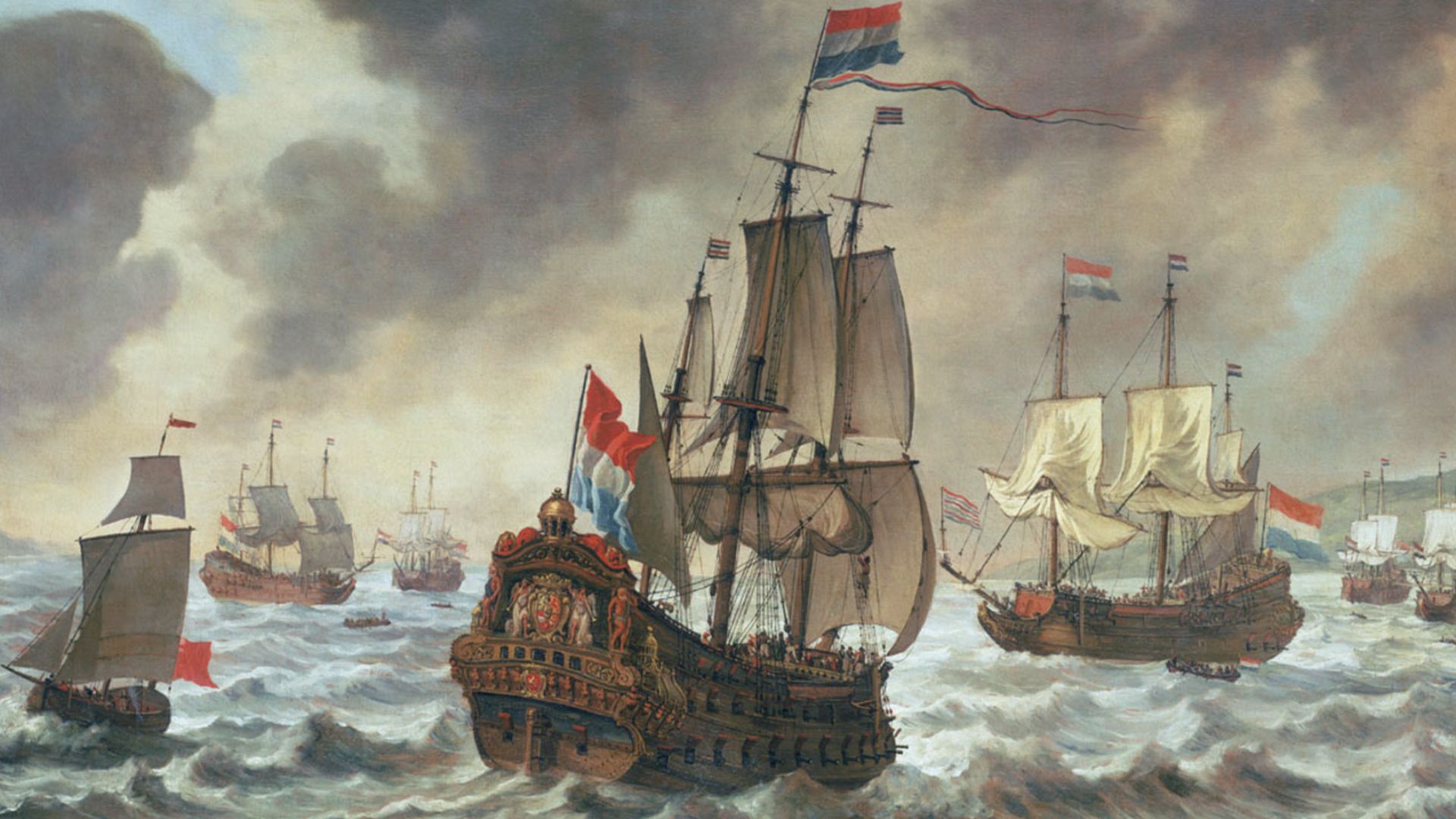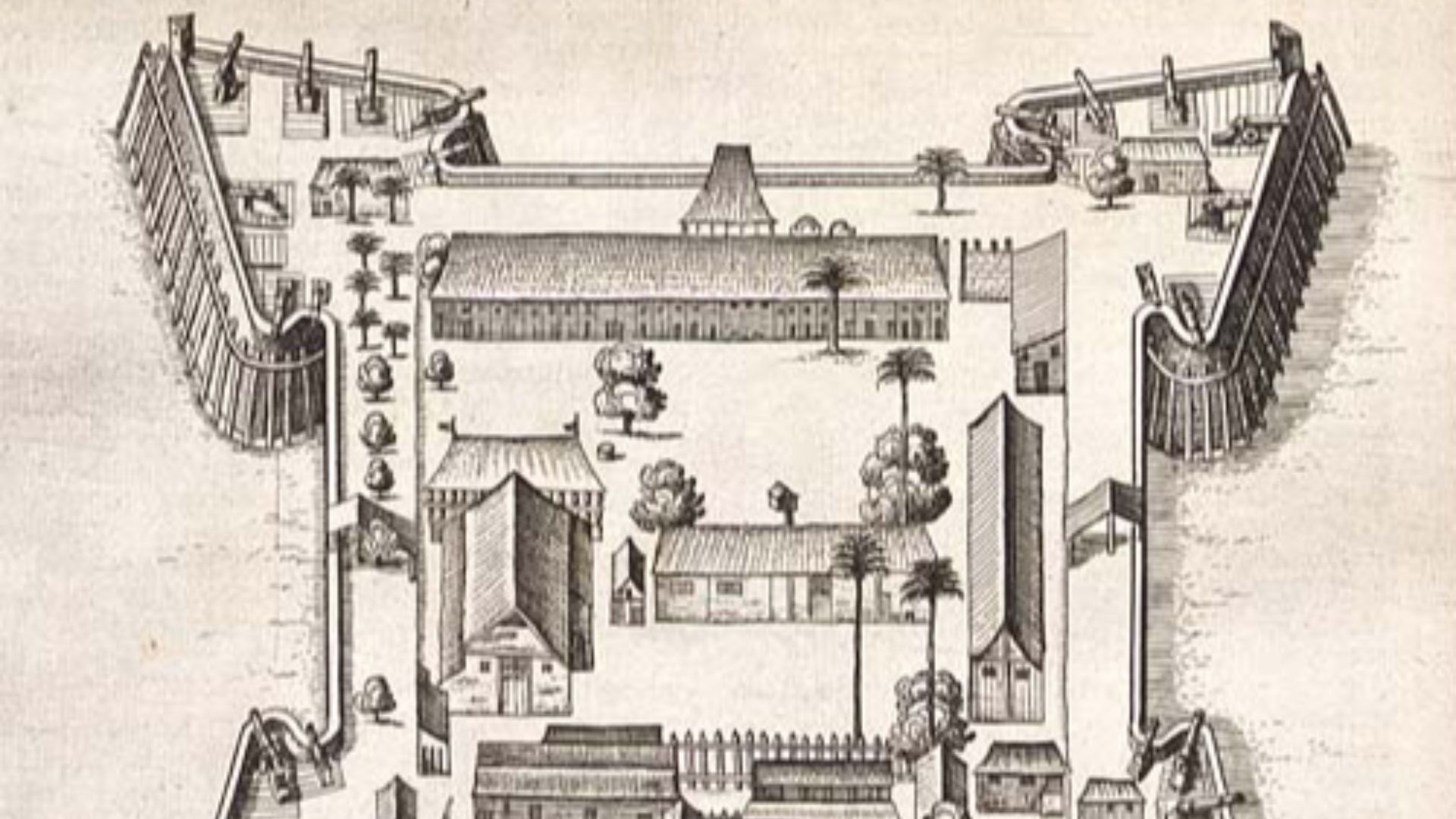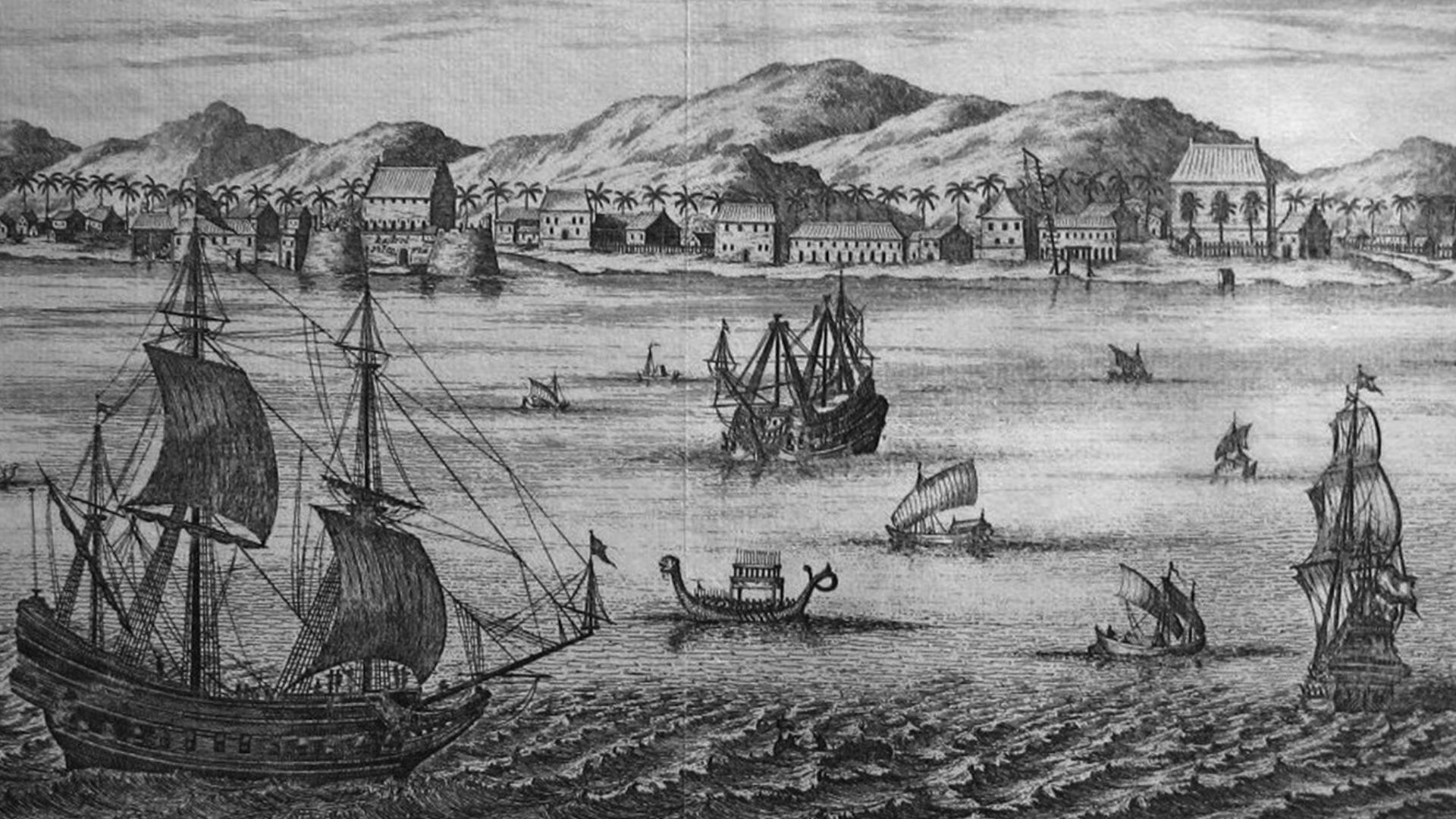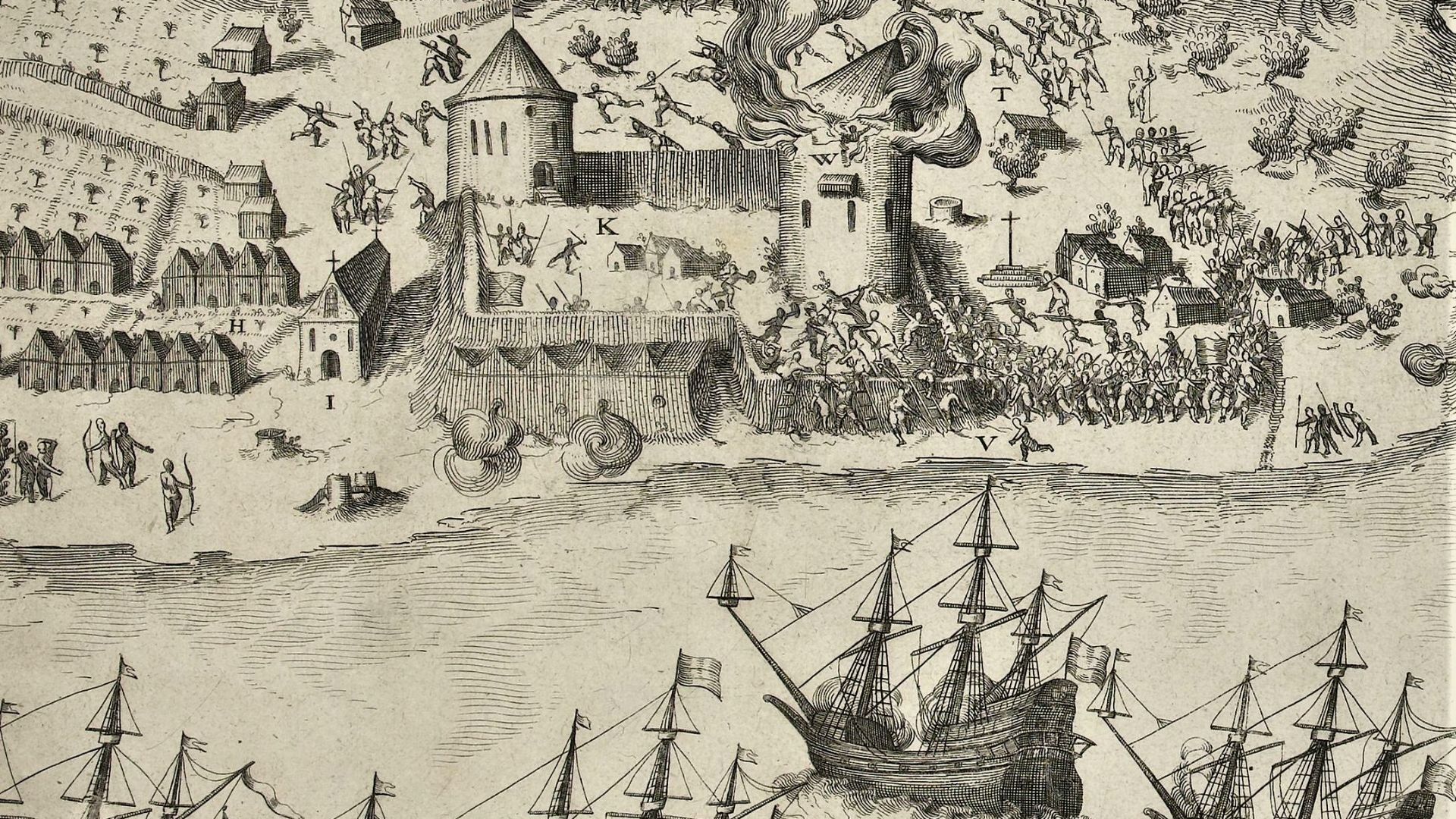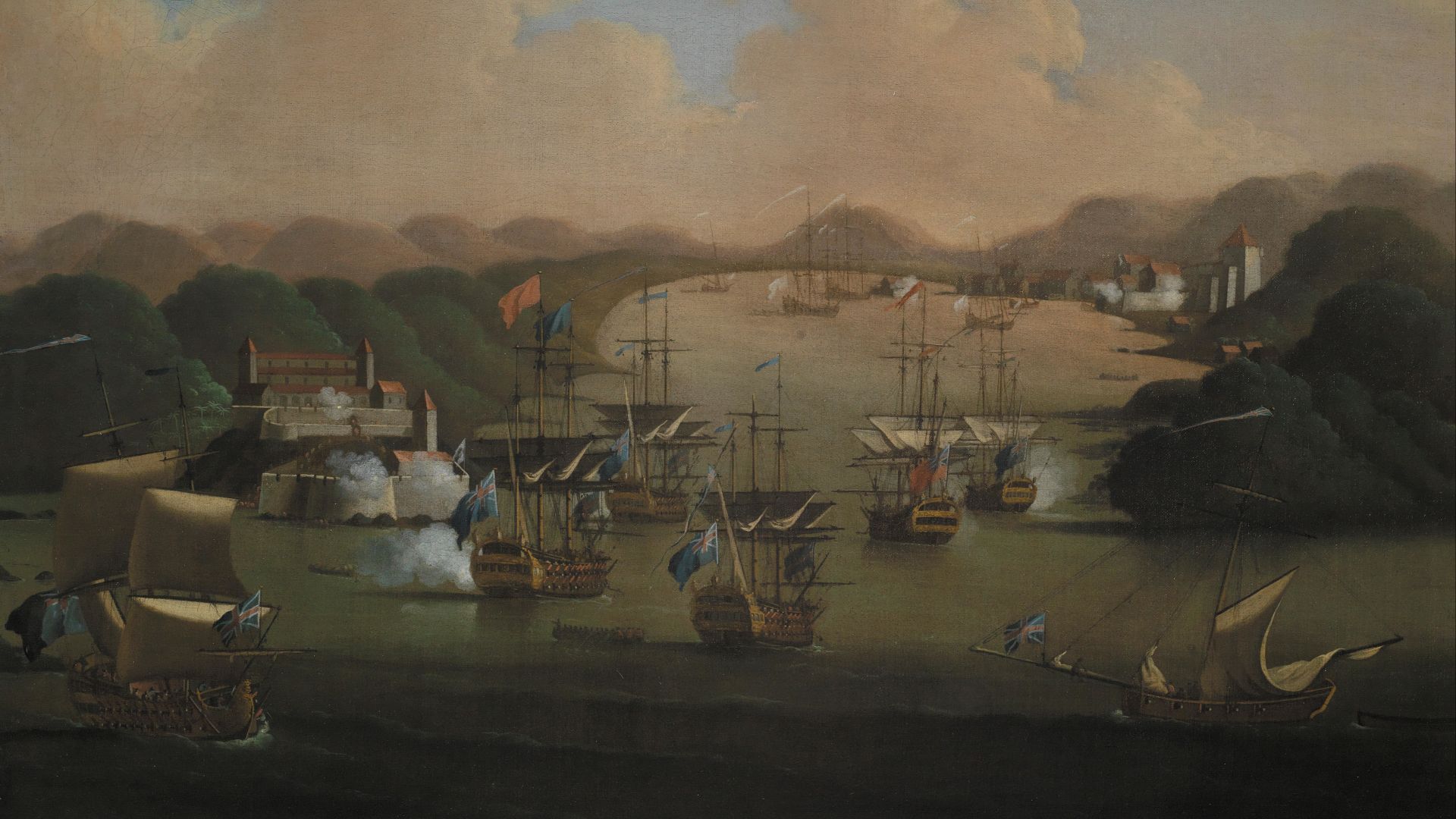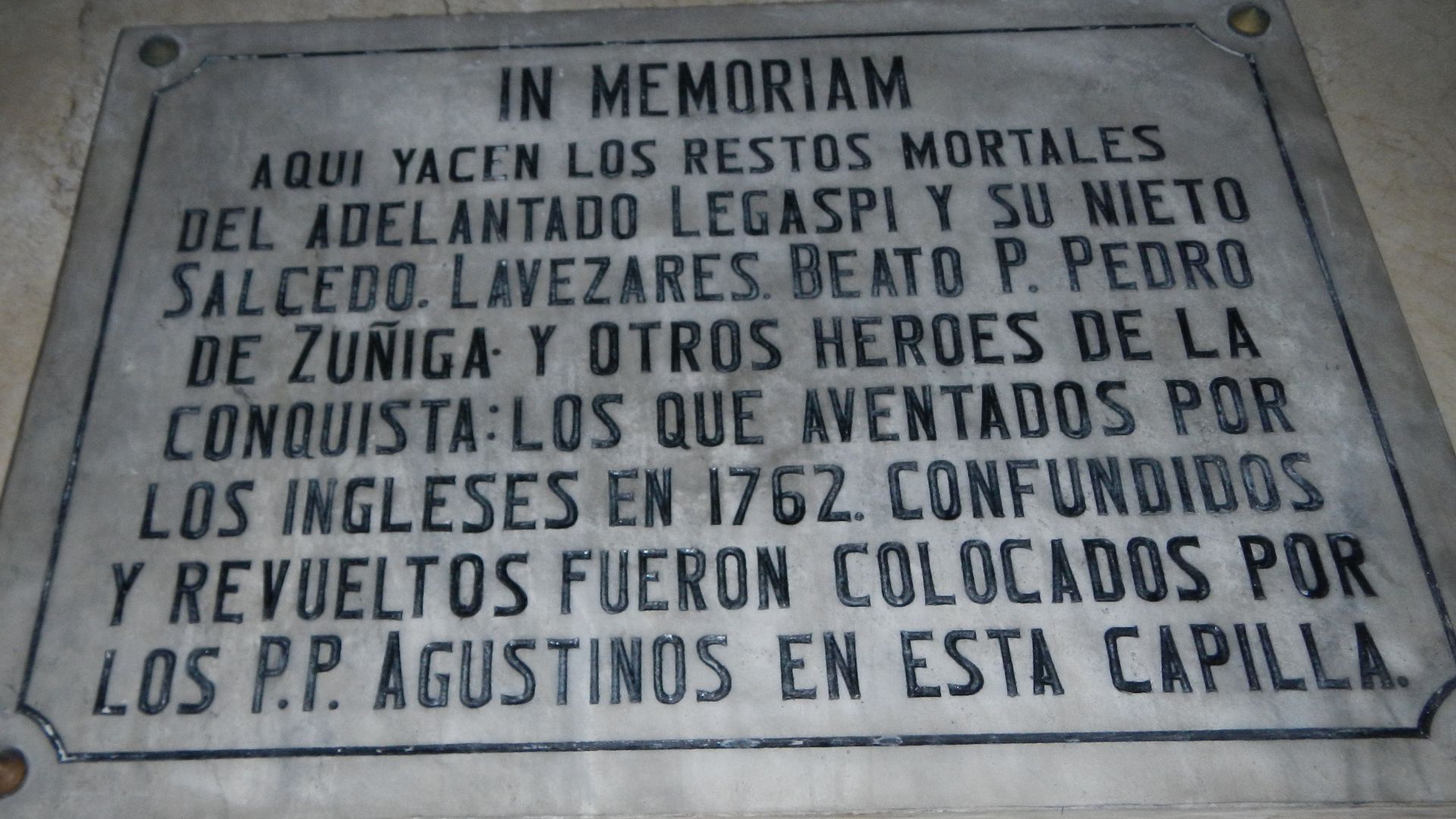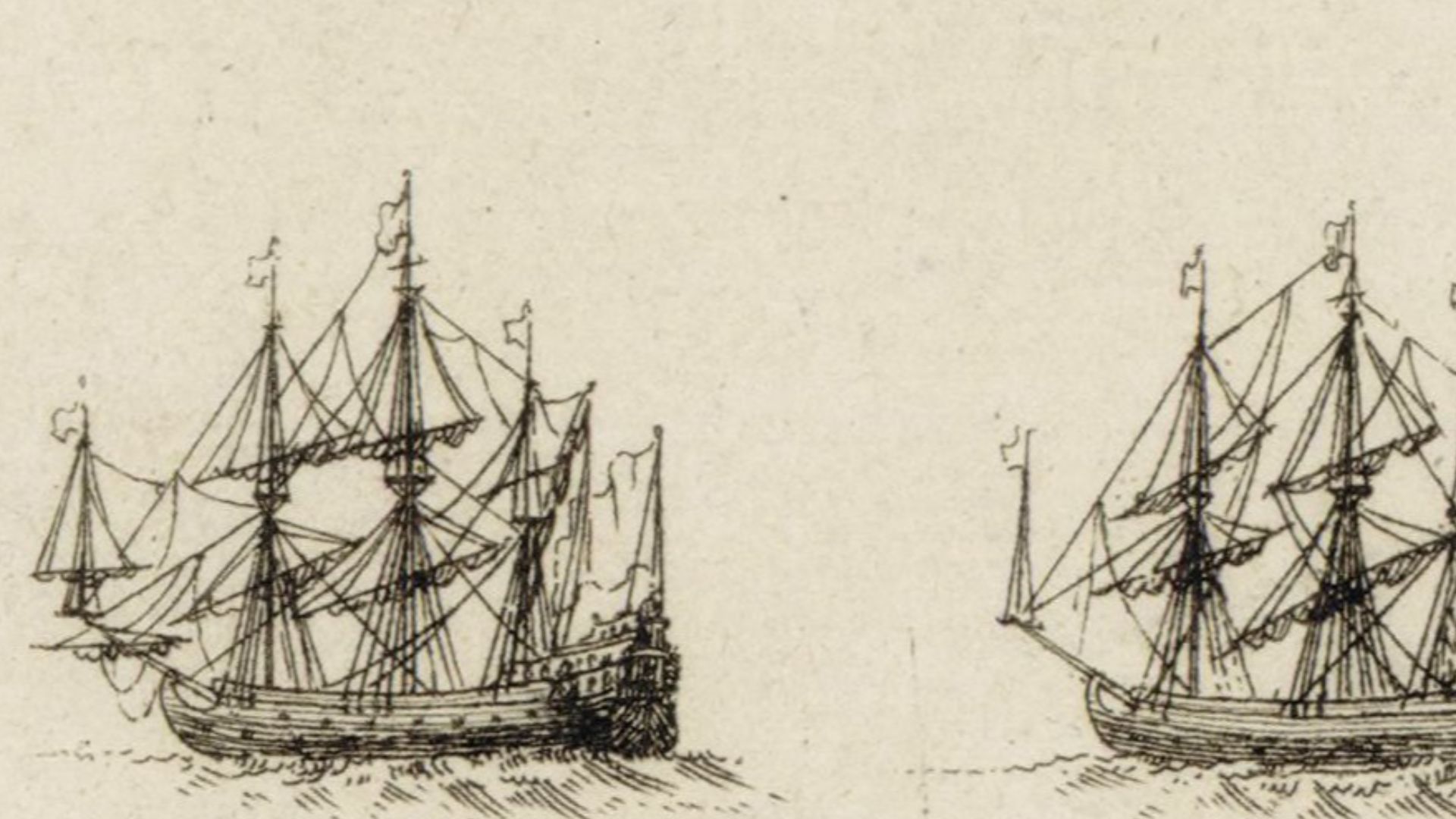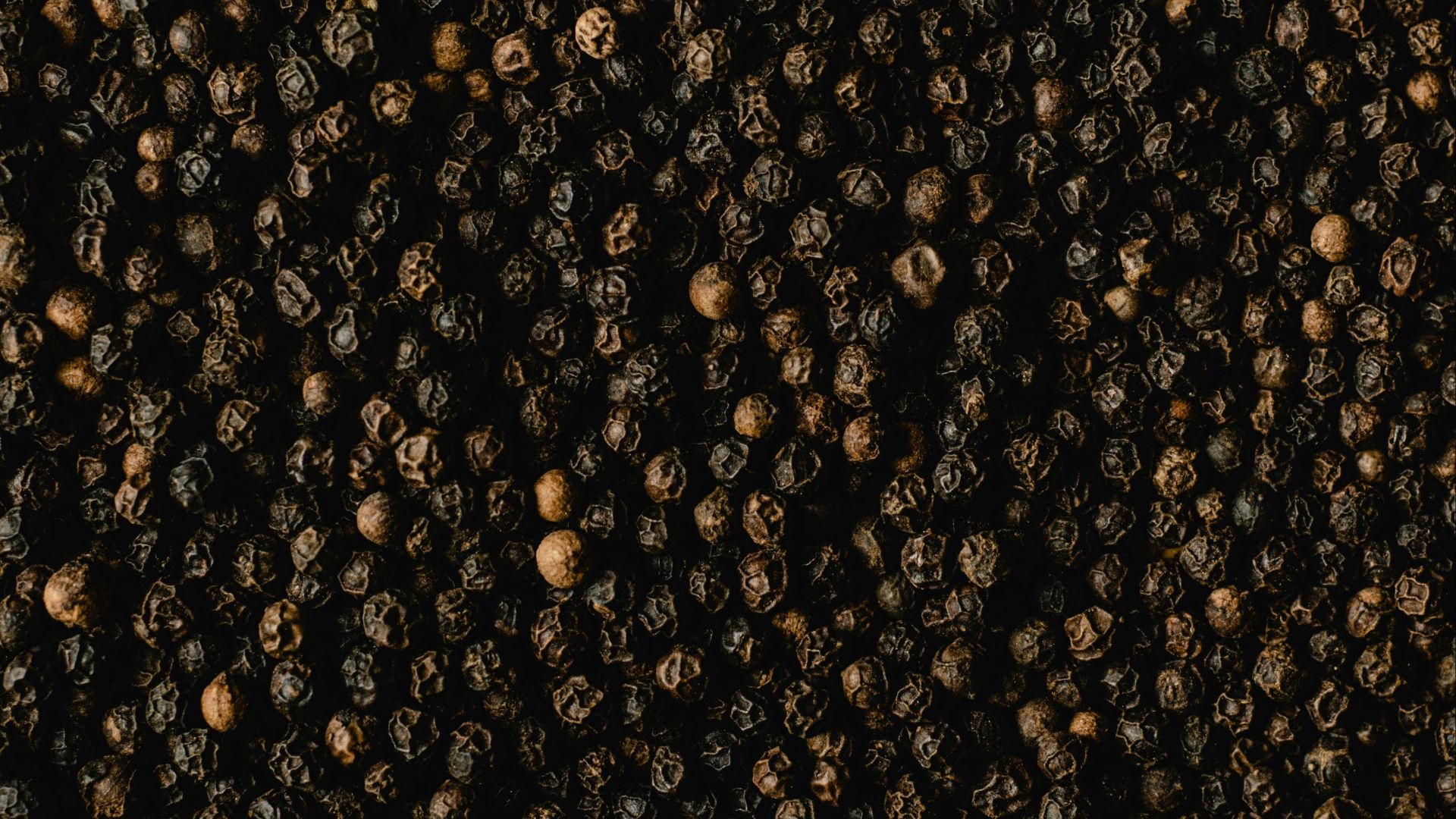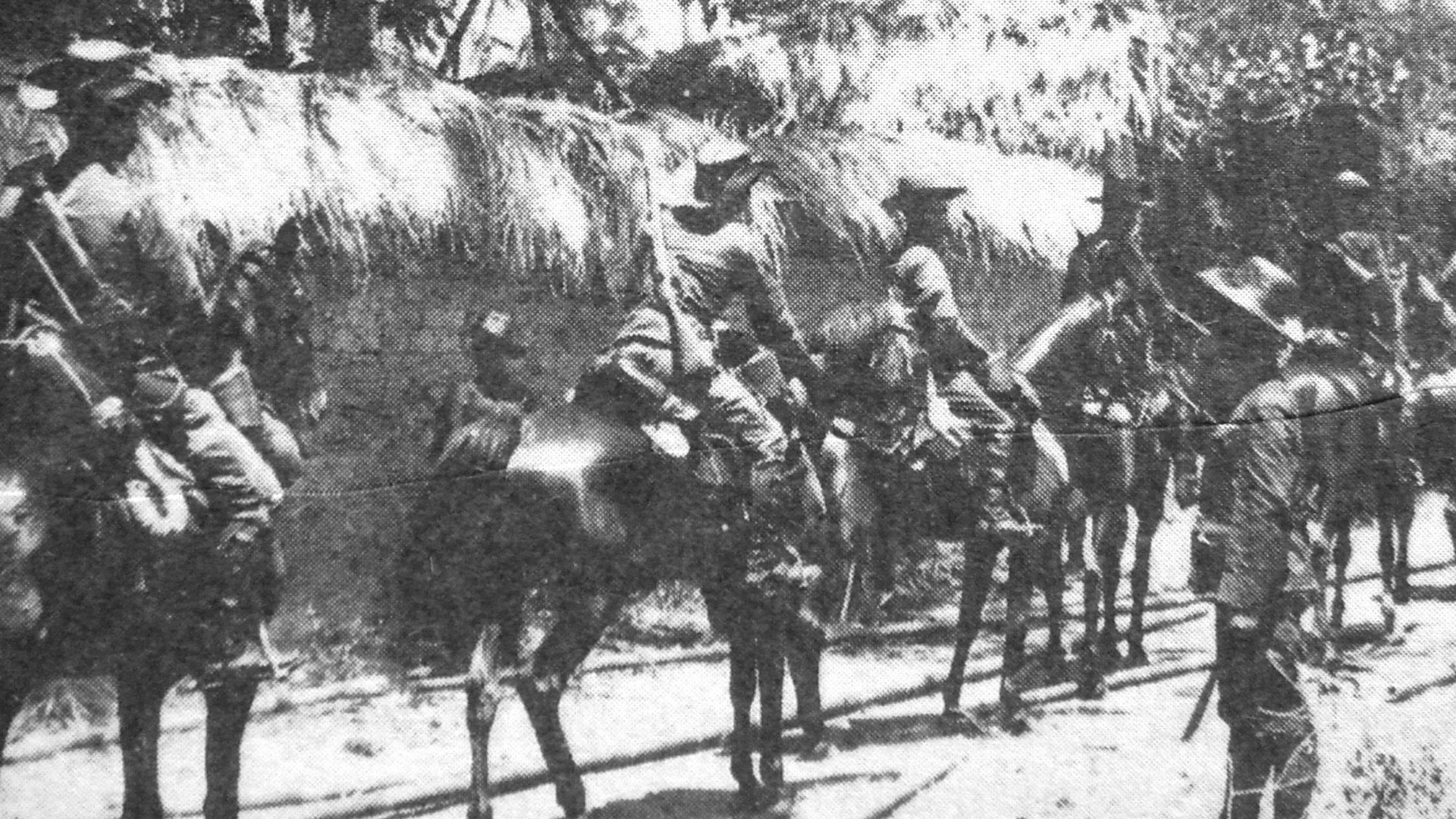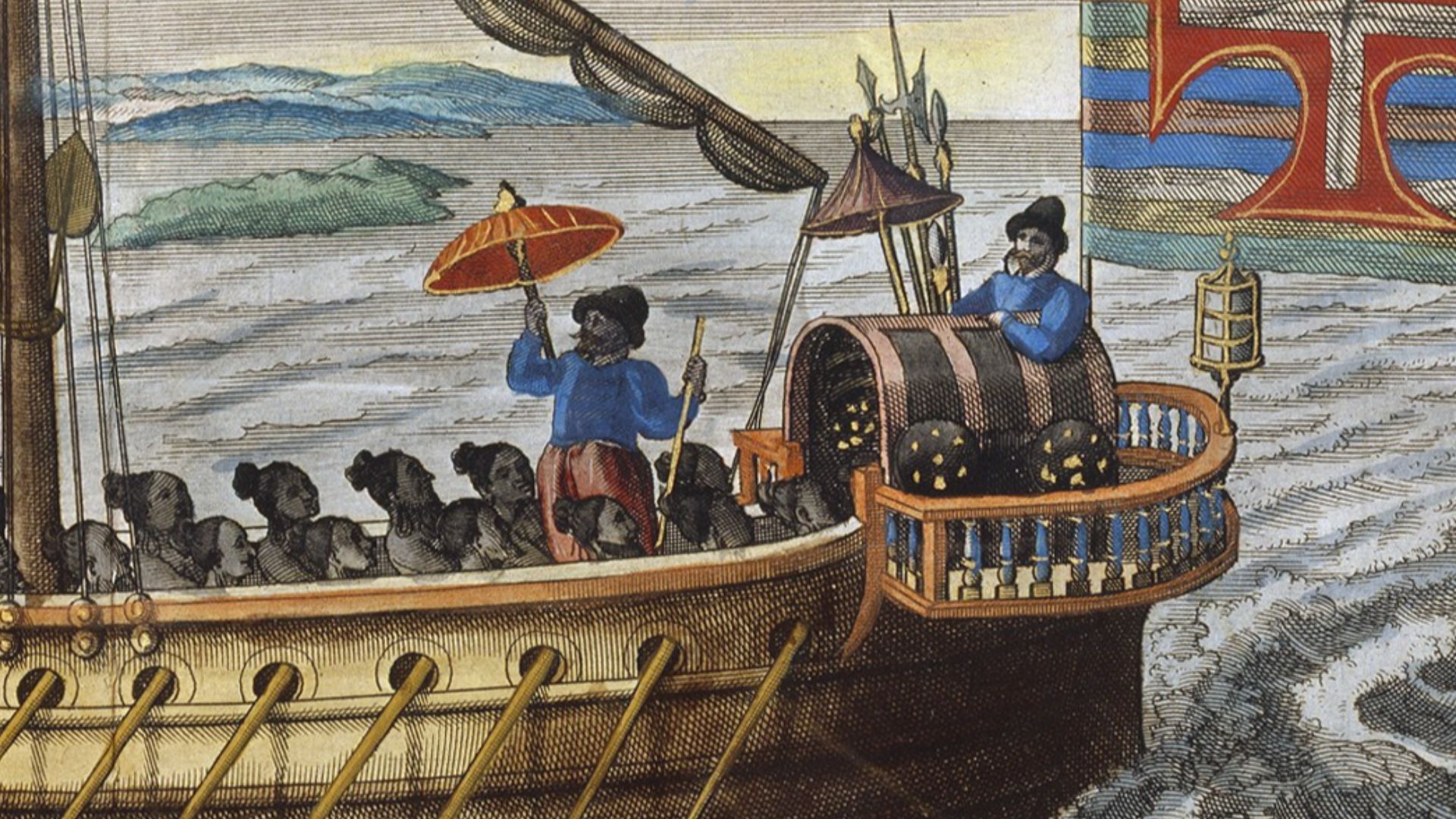The High Price Of Flavor
For centuries, spices were more than just flavor—they were obsession, ambition, and power distilled into tiny seeds and dried bark. These exotic goods turned distant islands into battlegrounds and everyday ingredients into causes for bloodshed. Fleets were launched and empires shifted—all because of cloves, nutmeg, cinnamon, and pepper. There are many cases where the pursuit of these fragrant treasures reshaped borders and rewrote history, and here, we’ll cover 20 of them.
1. The Moluccan Wars
To dominate the Moluccas, the primary source of cloves, the Portuguese waged war against native sultanates. Cloves were so valuable that they were worth more than their weight in gold, and these wars were fought specifically to secure and monopolize the global clove trade.
2. Dutch-Portuguese Conflicts
The Dutch East India Company launched military campaigns aimed at ousting the Portuguese from spice-producing islands. They wanted control of nutmeg, cloves, and mace in the East Indies, and they turned captured spice islands into plantation-style spice monopolies.
 Johannes Vingboons on Wikimedia
Johannes Vingboons on Wikimedia
3. The Banda Massacre
In 1621, the Banda Islands witnessed mass killings committed by the Dutch to seize the nutmeg monopoly. Besides the islands’ exclusive nutmeg production, there was no other cause for the conflict. The VOC replaced the native population with enslaved labor from other regions.
4. The Anglo-Dutch Wars
Commercial rivalries over spice routes largely fueled these wars between England and the Dutch Republic. Dutch warships were designed specifically to defend spice convoys, and one treaty in the wars gave Britain New Amsterdam (later New York) in exchange for nutmeg-rich Run Island.
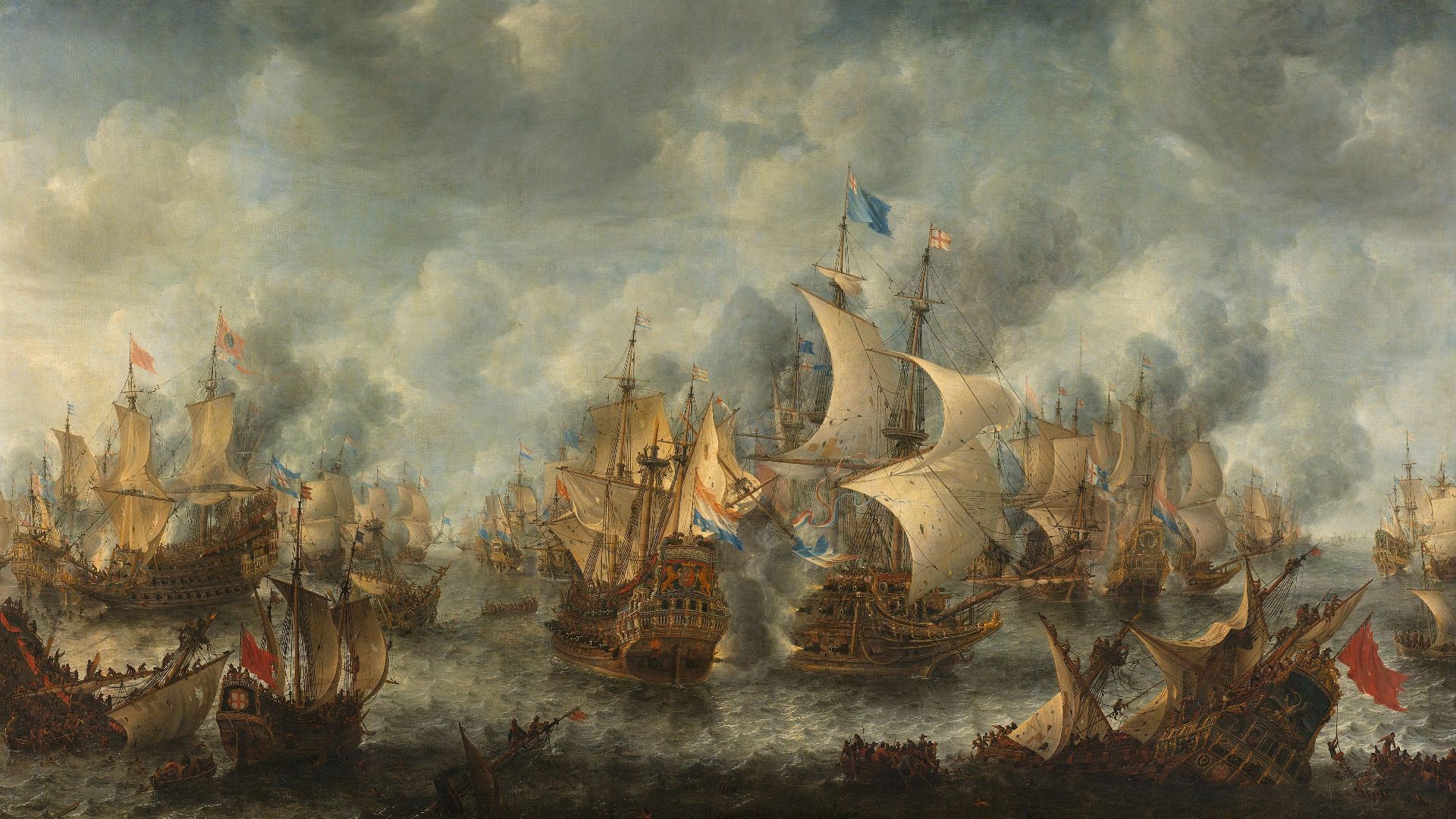 Jan Abrahamsz Beerstraaten on Wikimedia
Jan Abrahamsz Beerstraaten on Wikimedia
5. The Malabar Wars
The Portuguese went against the Zamorin of Calicut to gain exclusive access to Malabar pepper. They built fortresses and fought battles so they could secure shipping lanes for the spice. To resist the Portuguese, the Zamorins often allied with Muslim and Chinese traders.
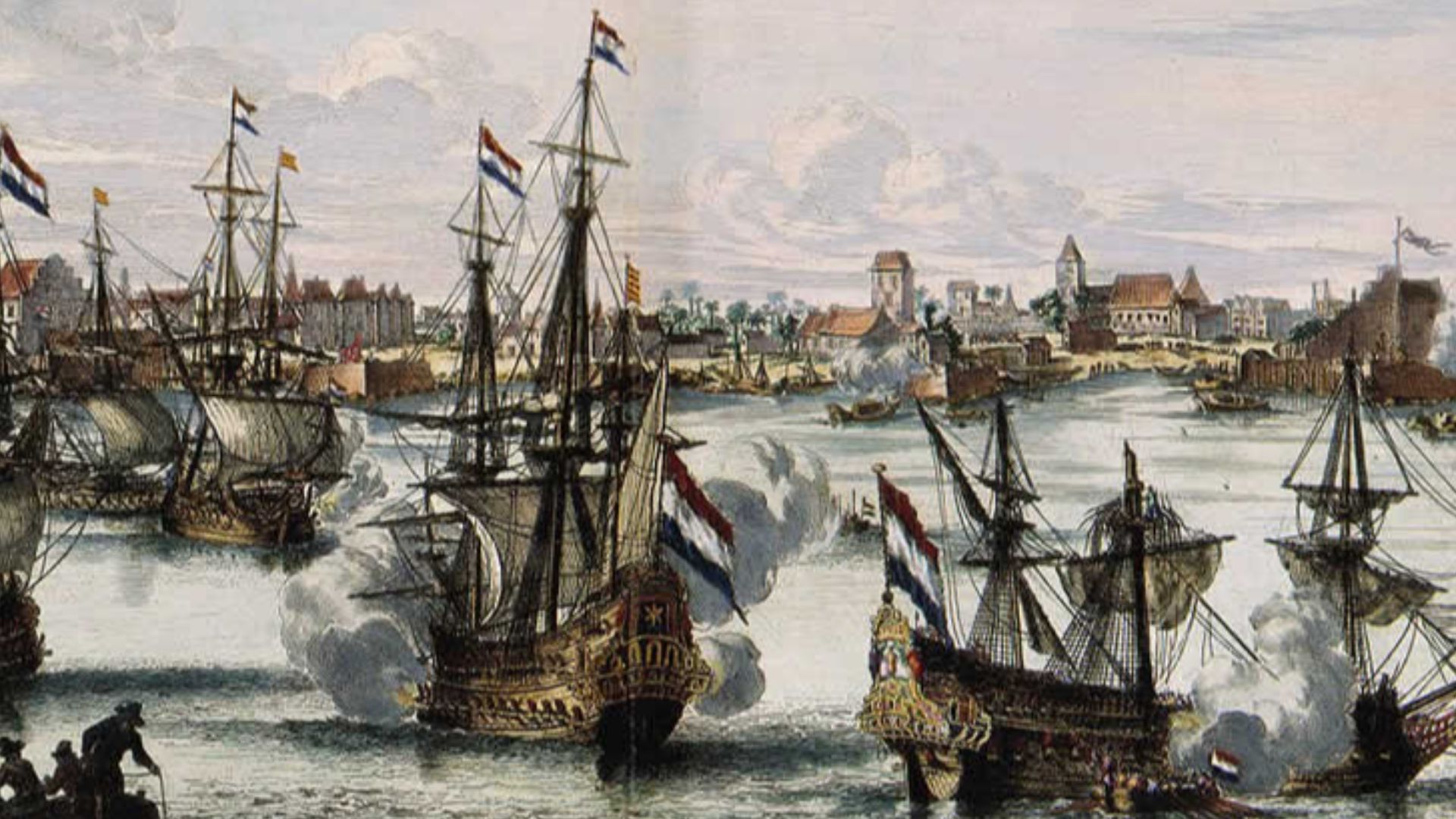 Dutch East India Company on Wikimedia
Dutch East India Company on Wikimedia
6. The Fourth Anglo-Mysore War
Mysore, a major pepper-exporting state, was invaded by the British, who wanted to break its spice monopoly. Its control of pepper routes in southern India posed a commercial threat to British interests. As a war prize, Britain looted warehouses filled with pepper.
 Giovanni Vendramini on Wikimedia
Giovanni Vendramini on Wikimedia
7. The Spice Race
The Treaty of Tordesillas divided the non-European world between Spain and Portugal. Both powers raced to claim spice-producing regions, especially the Moluccas. The Pope arbitrated the treaty but failed to anticipate disputes over exact longitude lines.
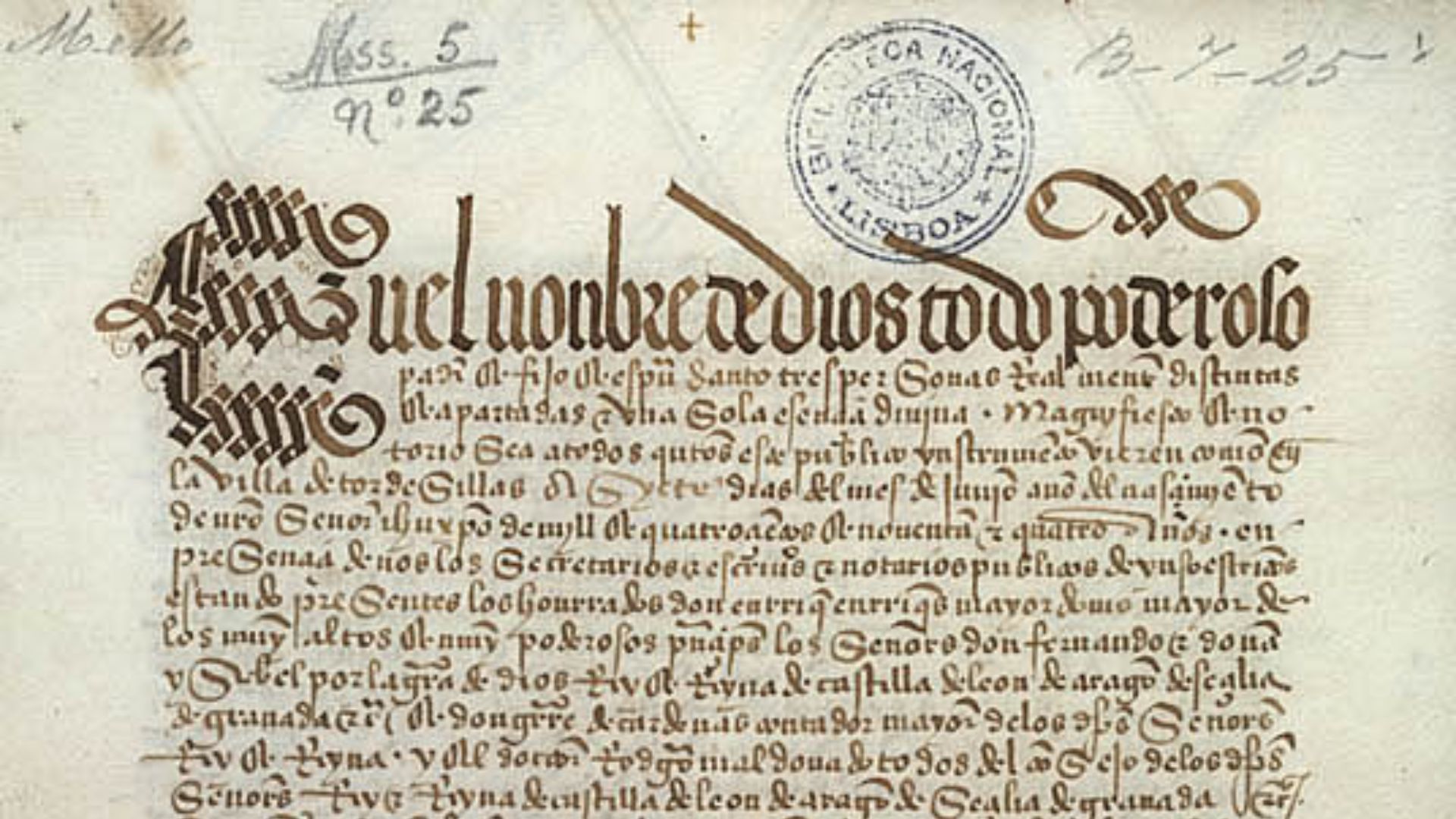 Original: Biblioteca Nacional de Lisboa
Photo: User:Joserebelo on Wikimedia
Original: Biblioteca Nacional de Lisboa
Photo: User:Joserebelo on Wikimedia
8. The Capture Of Malacca
Malacca was a major entrepôt for cloves and other East Indies spices. In 1511, the Portuguese seized it to control its strategic spice-trade choke point. Albuquerque built a fortress to guard spice exports, and capturing the city triggered centuries of European colonization in Southeast Asia.
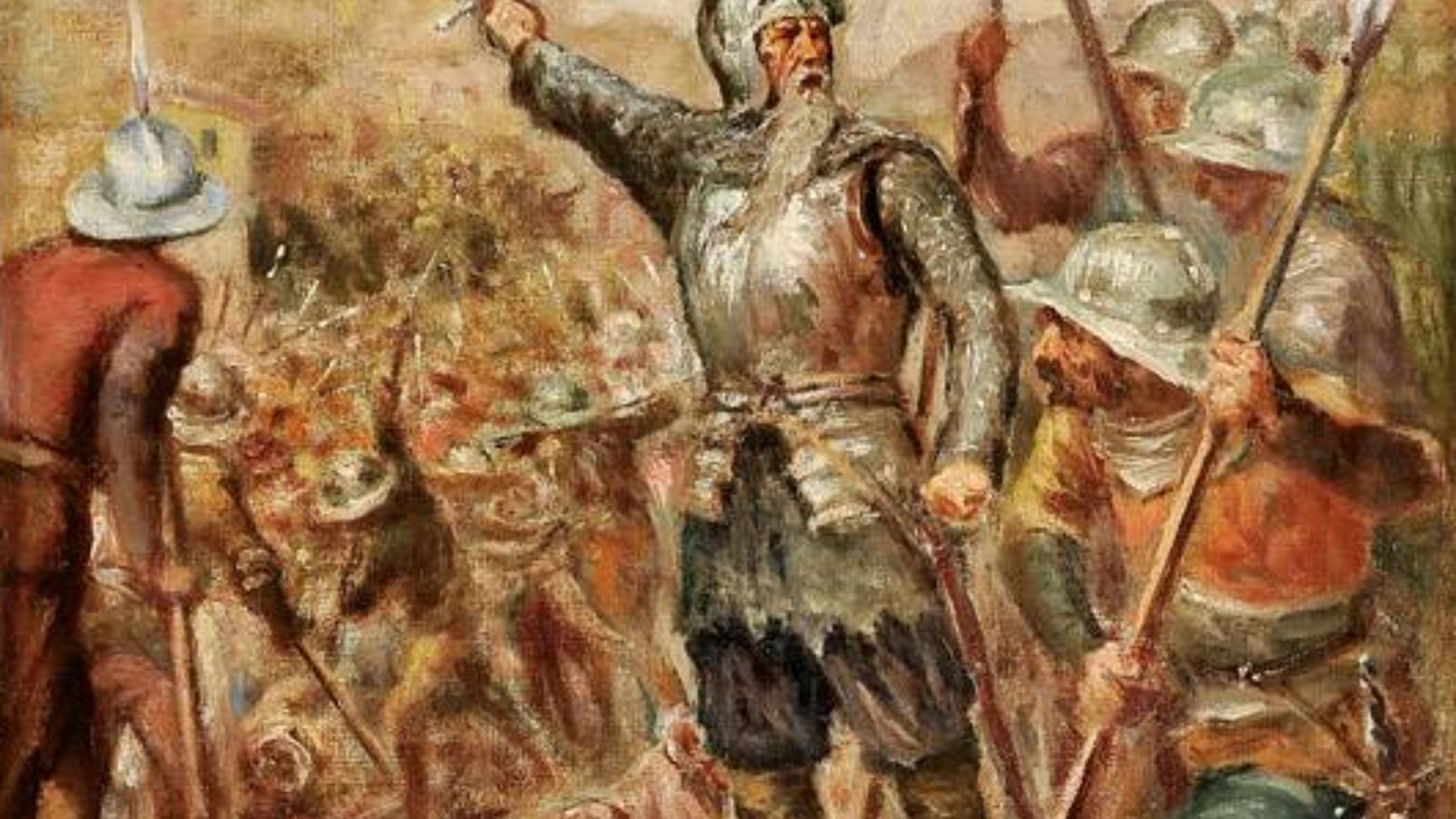 Ernesto Ferreira Condeixa on Wikimedia
Ernesto Ferreira Condeixa on Wikimedia
9. The Amboyna Massacre
Both the Dutch and English East India Companies claimed rights to the same spice-producing territories. However, in 1623, the Dutch executed English traders in Amboyna to eliminate nutmeg trade competition. The massacre nearly triggered a full-scale war between the two nations.
10. The Ternate-Tidore Rivalry
These neighboring sultanates fought deadly wars over control of clove-growing areas. Their strategic value drew Portuguese and Spanish alliances into local conflicts. One sultanate aligned with Spain while the other allied with Portugal, escalating the feud.
11. The War Of Jenkins’ Ear
This colonial conflict was partly triggered by disputes over contraband spice trading in the Caribbean. British smugglers transporting illegal spices into Spanish colonies provoked violent reprisals. A British captain whose ear was severed by Spanish coast guards inspired the war’s name.
12. The Philippine Conquest
One reason the Spanish colonized the Philippines was to secure a maritime route to the Moluccas’ clove supply. The islands were a strategic staging ground in Spain’s bid to access the spice-rich East Indies, and Manila became a vital link in the trans-Pacific spice and silver trade.
13. The French Siege Of Mahé
The French attacked Mahé to secure black pepper trade routes and challenge British spice dominance. Control of Mahé offered strategic access to the spice-producing Malabar Coast, and the siege was so drawn out that supplies were smuggled in via fishing boats.
14. The Black Pepper War
Venice and Genoa waged naval skirmishes in the Mediterranean over control of the pepper trade. Their rivalry revolved around the dominance of sea routes connecting to spice merchants in the Levant. Both sides built large fleets to ensure their protection and hold their interests.
15. The Battle Of Swally
This 1612 naval battle marked the British entry into India’s black pepper trade, defeating Portuguese control. English ships used advanced cannon technology to defeat larger Portuguese vessels, and the British East India Company won critical trade rights in Surat following the victory.
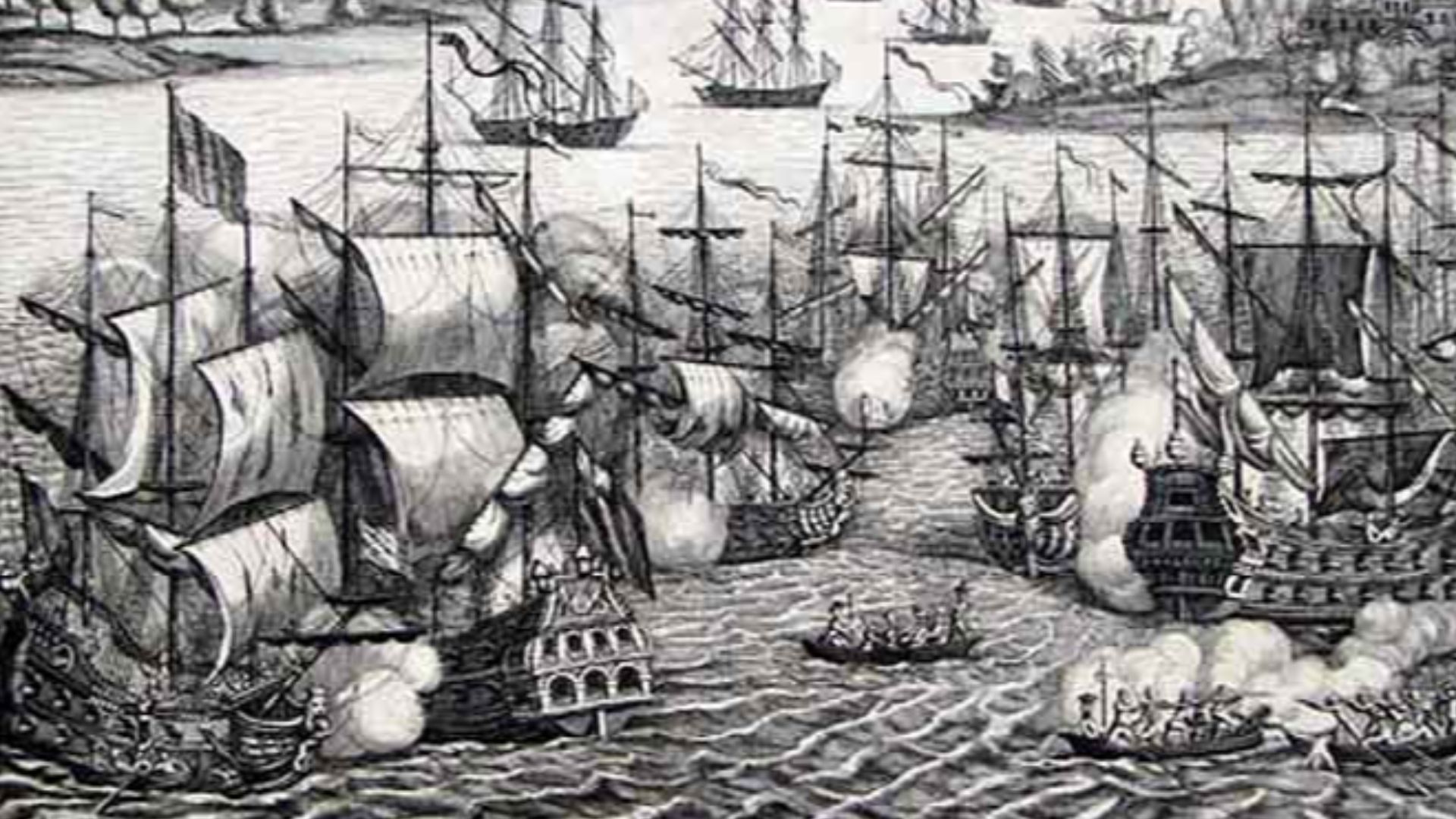 Unknown authorUnknown author on Wikimedia
Unknown authorUnknown author on Wikimedia
16. The Napoleonic Seizure Of The Moluccas
Britain captured the Moluccas from the Dutch during the Napoleonic Wars to control clove and nutmeg sources. These islands were directly targeted for their strategic and economic value in the spice trade, and their capture was celebrated in Britain as a major commercial victory.
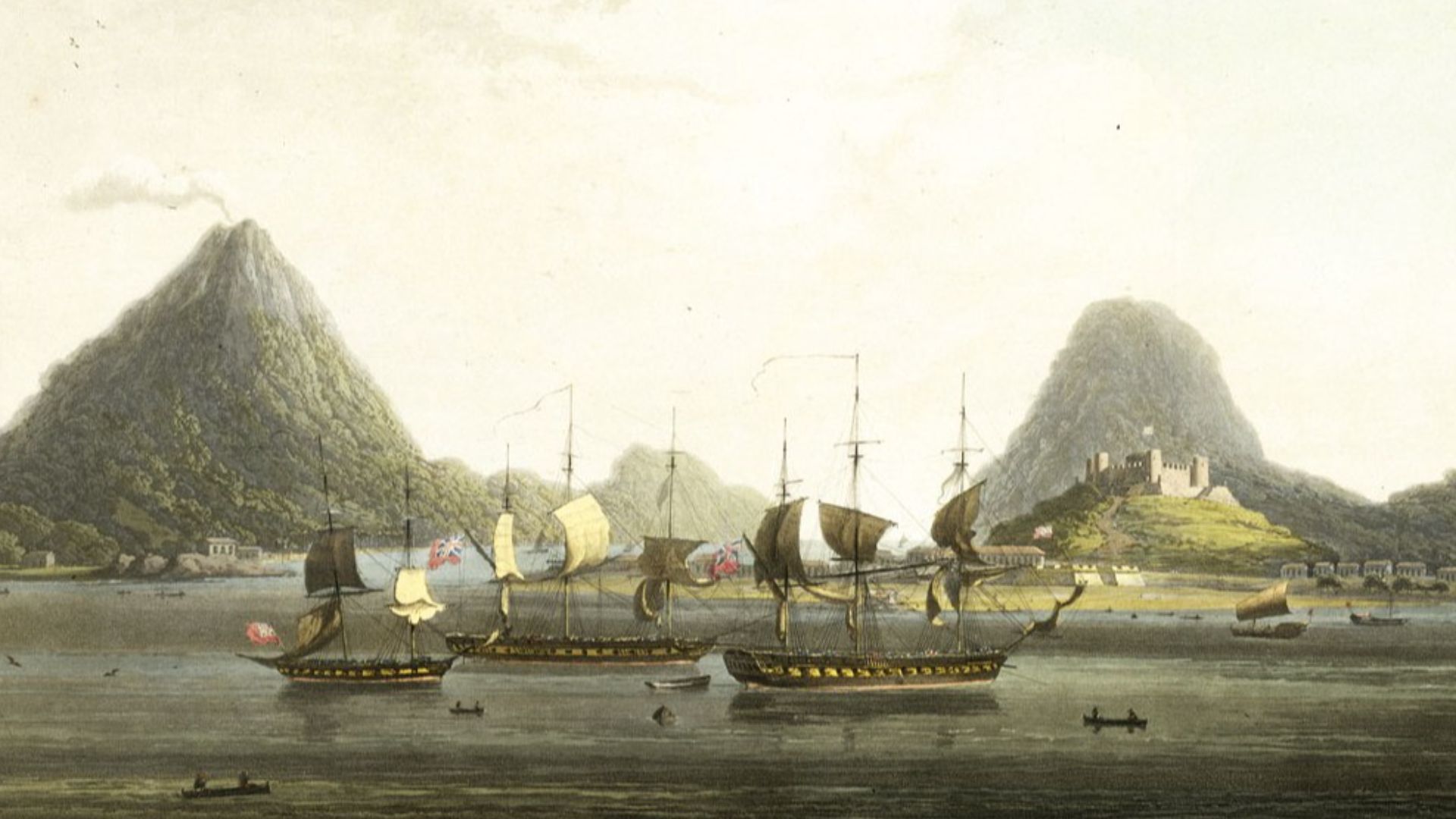 Longman, Hurst, Rees, Orme & Brown on Wikimedia
Longman, Hurst, Rees, Orme & Brown on Wikimedia
17. The Dutch Conquest Of Bali
Dutch military actions in Bali aimed to control ports feeding into the larger spice shipping network. Although Bali wasn’t a major spice producer, it served as an important node in Dutch logistical chains. The Dutch justified their invasion under the guise of abolishing slavery.
18. The Makassar War
To protect its spice neutrality, Makassar built one of the most elaborate fortresses in Southeast Asia. However, the Dutch East India Company waged war on it to eliminate competition in the nutmeg trade, and it ended Makassar's role as a neutral trading hub for banned spice sellers.
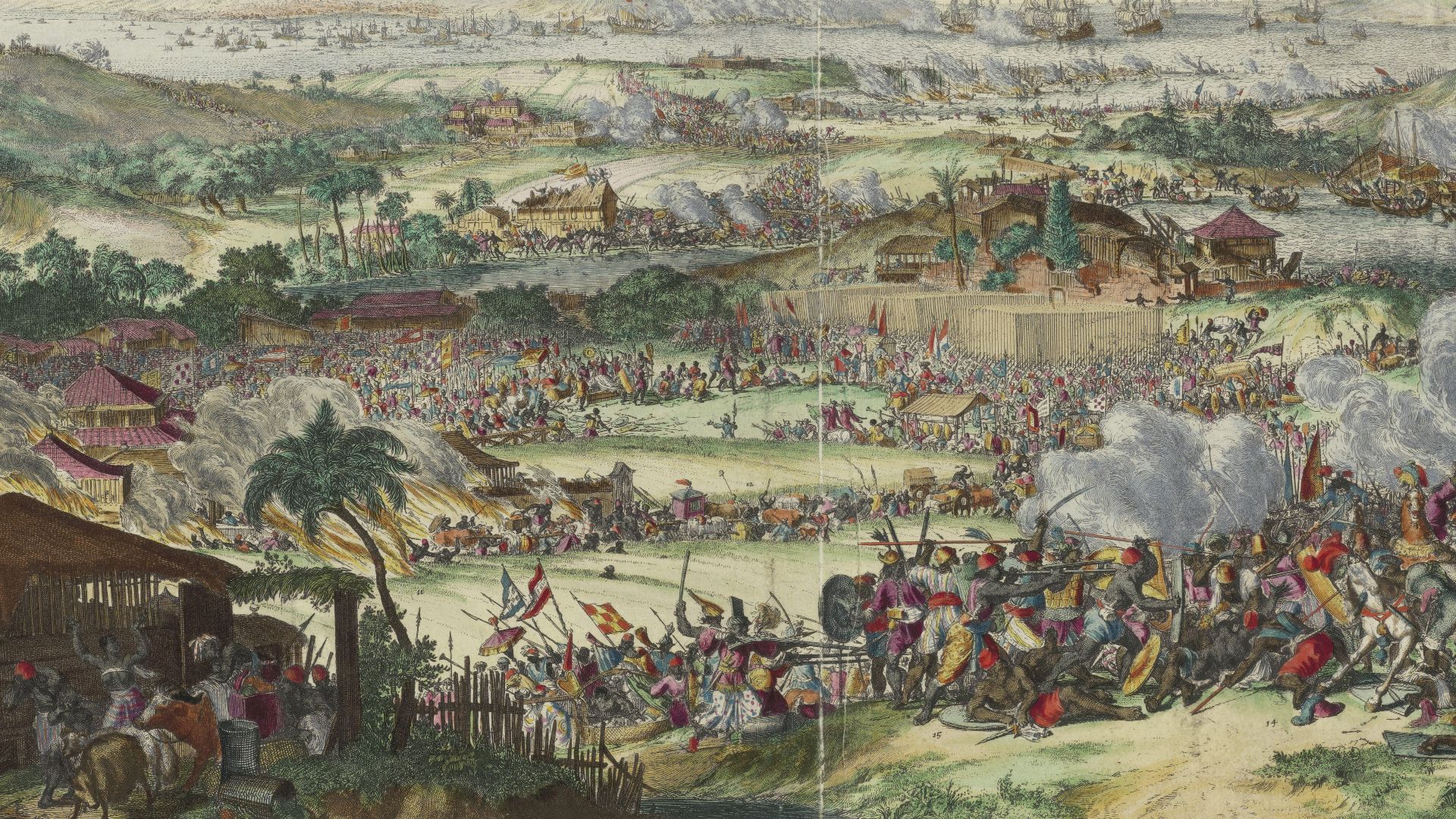 Romeyn de Hooge (engraver / etcher) on Wikimedia
Romeyn de Hooge (engraver / etcher) on Wikimedia
19. The Portuguese Blockade Of The Red Sea
Portugal enforced a blockade at the Red Sea’s mouth to cut off Muslim spice traders from India. This naval strategy was designed to redirect the pepper trade through Portuguese-controlled ports. The blockade led to famine and price spikes in spice markets across the Middle East.
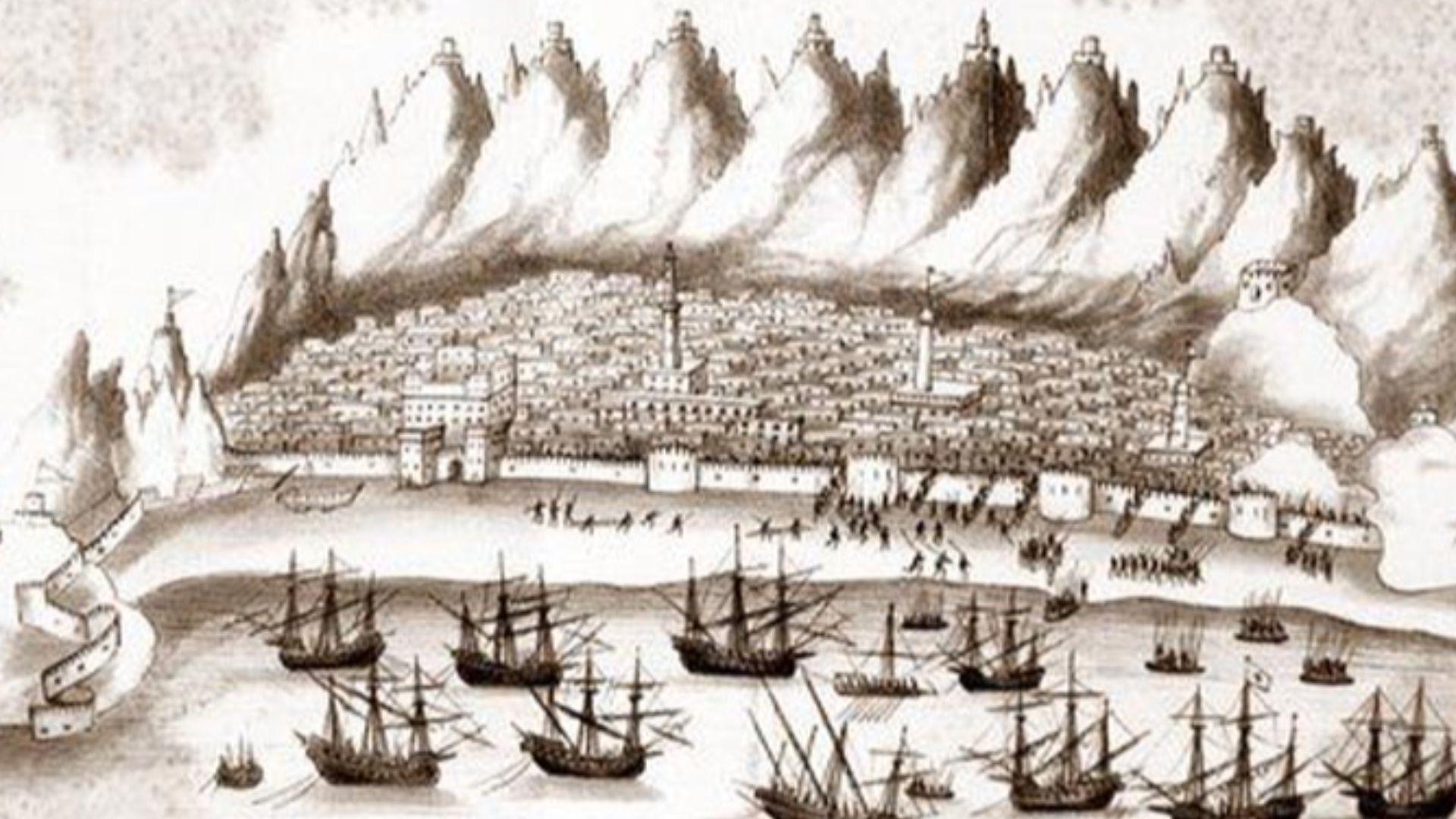 Gaspar Correia (c. 1496–1563) on Wikimedia
Gaspar Correia (c. 1496–1563) on Wikimedia
20. The Aceh-Portuguese Conflicts
For decades, the Sultanate of Aceh fought Portugal to control the export of Sumatran spices. The wars were rooted not only in competition for clove and pepper ports but also in religious conflict. Female admirals led some of Aceh’s resistance fleets, a rarity in world naval history.
KEEP ON READING

20 Common Misconceptions People Have About The Middle Ages
It’s Not All Knights and Shining Armor. Many people romanticize…
By Farva Ivkovic Nov 4, 2024
20 Powerful Ancient Egyptian Gods That Were Worshipped
Unique Religious Figures in Ancient Egypt. While most people are…
By Cathy Liu Nov 27, 2024
The 10 Scariest Dinosaurs From The Mesozoic Era & The…
The Largest Creatures To Roam The Earth. It can be…
By Cathy Liu Nov 28, 2024
The 20 Most Stunning Ancient Greek Landmarks
Ancient Greek Sites To Witness With Your Own Eyes. For…
By Cathy Liu Dec 2, 2024
10 Historical Villains Who Weren't THAT Bad
Sometimes people end up getting a worse reputation than they…
By Robbie Woods Dec 3, 2024
One Tiny Mistake Exposed A $3 Billion Heist
While still in college, Jimmy Zhong discovered a loophole that…
By Robbie Woods Dec 3, 2024

